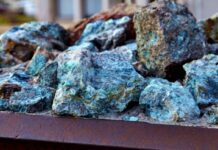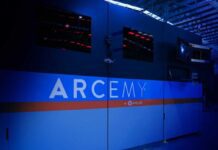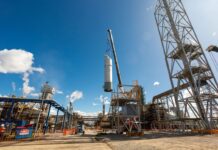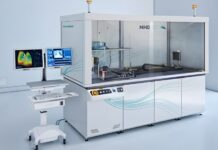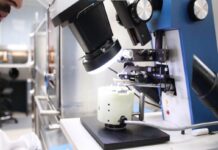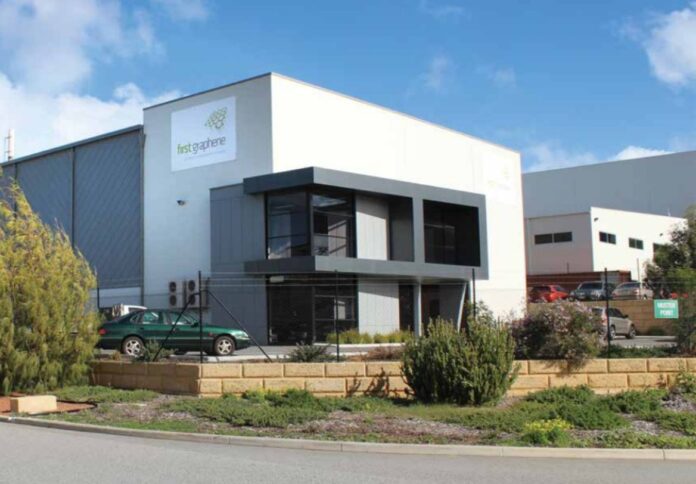
Graphitic materials supplier First Graphene said its collaborative project with Halocell Energy and the Queensland University of Technology to commercialise perovskite solar cell fabrication has received a Cooperative Research Centres Project (CRC-P) grant worth $2 million.
The research and development project is intended to commercialise ultra-low-cost, flexible perovskite solar cell fabrication using Halocell’s roll-to-roll production process at the company’s Wagga Wagga plant, First Graphene said in an ASX announcement.
Through the project, First Graphene plans to develop cost-effective graphene-based electrode replacements for high-cost conductor materials, such as gold and silver, used in cell manufacturing.
Previous research has found that cells made with alternative carbon-based materials outperform conventional silicon cells in low and artificial light conditions, including indoor environments in relation to generating and supplying power for niche applications.
“Graphene’s unique properties as a carbon-based replacement in conductive environments means it is increasingly considered for use in energy storage and transfer applications,” said Michael Bell, managing director and CEO of First Graphene.
As part of the collaboration, First Graphene will zero in on the research, development, and provision of graphene formulations to produce the material ink used in perovskite solar cell manufacturing with suitable dispersion, low toxicity, and high conductivity characteristics.
The Western Australia-based ASX company will provide R&D resources including labour, equipment, laboratory space, formulation, and testing expertise to produce optimum graphene systems.
The project includes plans for First Graphene to scale up and supply graphene products in the latter phases.
Meanwhile, QUT will deliver expertise in material development, facilities for advanced material characterisation and testing, and assistance in developing the R2R process for perovskite cells and module production.
“Our collaboration with Halocell Energy and QUT will help develop new materials and processing technology for high-performance perovskite solar cells, opening the door for high-tech commercial materials and manufacturing of cell components in Australia,” Bell said.
“Validation of these graphene-based materials will help build a strong business case for full-scale commercial production of both perovskite cells and the materials needed to make them in large volumes,” the CEO added.



